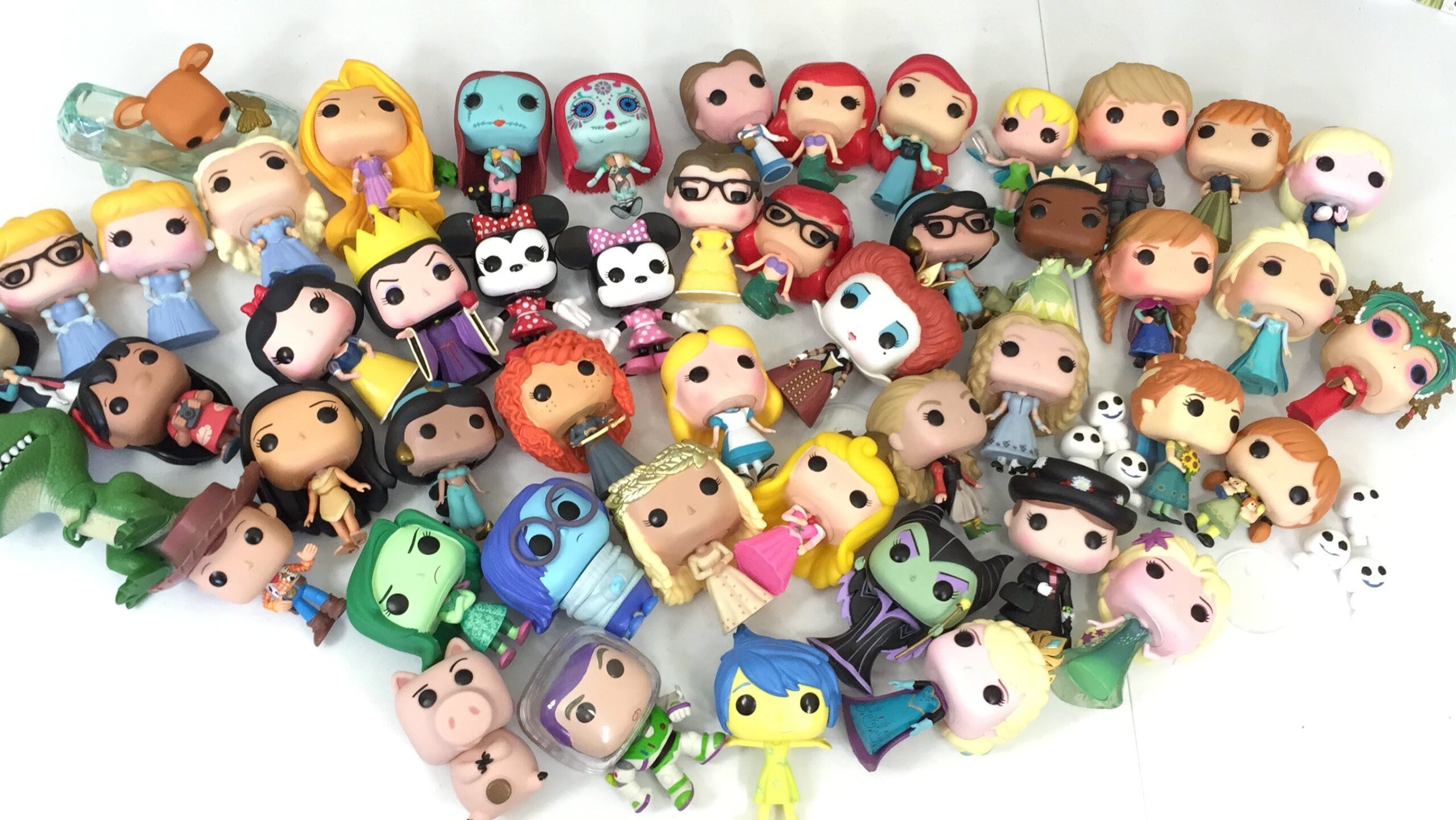Why Is It So Hard To Save Money?

Nov 19 | 2018

Photo by Fabian Blank on Unsplash
Making money is hard. Keeping it is harder. No matter how much it’s drilled into our brains to save, save, save, the income we earn seems to flow into our bank accounts just as quickly as it flows out. The fact is, about 40% percent of Americans who earn over $100,000 a year can’t seem to save, according to a GoBankingRates survey. Sure it’s important to save for emergencies, but the goal is to have enough to invest, so that we earn much more and work much less—maybe even not at all. It sounds great, in theory. So why is the struggle to save so real?
Our brains could be to blame
Really. A team of neuroscientists at Cornell University found that 90 percent of participants in their study chose to earn more than they save. Because the emphasis on making money seems like an effort all its own, when it comes time to put the money into a savings plan, we’re spent, if you excuse the pun. “It’s rational from the brain’s perspective: You must earn before you can save,” Adam K. Anderson, associate professor at Cornell University’s College of Human Ecology and co-author of the report, tells CNBC. “It could partly be cultural,” he says. “We brag about work ethic and earnings, but we don’t talk about coming up with a cool savings plan.”
Our goals are too abstract or long-term
The other issue is that earning money provides an immediate reward, while saving that money is only rewarding in the abstract and hinges on future plans—buying a house, retiring—which may feel like pipe dreams when you’re scraping to save.
One thing you can do is set up mini-milestones that feel feasible in the short-term—think buying a new appliance, taking a vacation or redoing your closet. Saving enough to reach smaller, more accessible goals gets you in the habit of saving period. And that’s a whole lot better than not saving at all.
We have instant access to shiny things
It’s not just you. 79 percent of Americans shop on their phones or laptops, with 15% buying stuff online on a weekly basis, according to a recent Pew Research study. When you can purchase anything with the click of a button, you’re less likely to feel the immediate impact of your purchase on your bank account.
Social media makes our shopping impulses even harder to turn off. Between Facebook ads and Instagram influencers, we’re bombarded with dangling carrots we think we need in the moment.
“We are socially comparative creatures by nature,” psychologist and authorNancy Irwin tells MarketWatch. “[People] feel inferior if someone they know has a shinier or bigger toy than they do.”
One thing to do is delete your auto-saved credit card from e-commerce sites you frequent so that it’s harder to shop instantly. You might consider taking a break from Paypal, ApplePay and other insta-payment sites so that you’re forced to manually enter your information before you shop. That lag time could make all the difference.
All those subscription services are killing us
Technology doesn’t just suck you into one-time purchases, but monthly subscriptions as well. So all those creature comforts like Netflix and Spotify that we’ve come to rely on add up to more bills we often forget about. “Our issue is we’re spending before we even save and then never look back,” Brandon Hayes, a financial planner, tells MarketWatch. “With a cashless society, it’s tough to appreciate a dollar when you never see one.”
Creating a monthly budget and reading your credit card statements closely will both help you eyeball your spending habits and weigh your options about subscription services that may not be worth it to you in the long run.
We never know when the next paycheck is coming
In a gig economy with over 53 million freelancers, it’s hard to feel entirely confident when and from where your next paycheck is coming. That makes signing up for an automatic savings plan seem riskier than it might be if you had a steady, unfluctuating income. One thing to consider is a no-fee online savings account you can dip into when needed.
You can set up micro-auto-payments just to get into the habit of socking money away and up the number as your workflow builds. There are also micro-saving tools that allow you to transfer as little as $1 from your account—as much as a cup of coffee. Setting up daily auto transfers of a buck may seem like petty cash at first but it adds up over time.
We just can’t afford to
Between credit card debt, student loans, the rising costs of rent and bare necessities, 65% of us aren’t saving a penny—and our biggest problem is our expenses. The best thing to do is to create a budget.
There are some easy-to-use online budgeting tools that make the task much less daunting. This will help you figure out how much is going in and out of your account, and ultimately where you can cut the fat so that you have a little bit leftover to sock away.
The whole thing gives us anxiety
In a world with too many options, even when it comes to choosing a savings plan, where do you start? The good news: technology is not totally the enemy. There are plenty of online resources that have done the work for you. Here’s a breakdown different types of savings plan to decide which one is right for you. And here are some questions to ask yourself before you dive in head first. A little research will give you the confidence to hone in on your research and set up an account that makes the most sense for your situation.
(adsbygoogle = window.adsbygoogle || []).push({});










